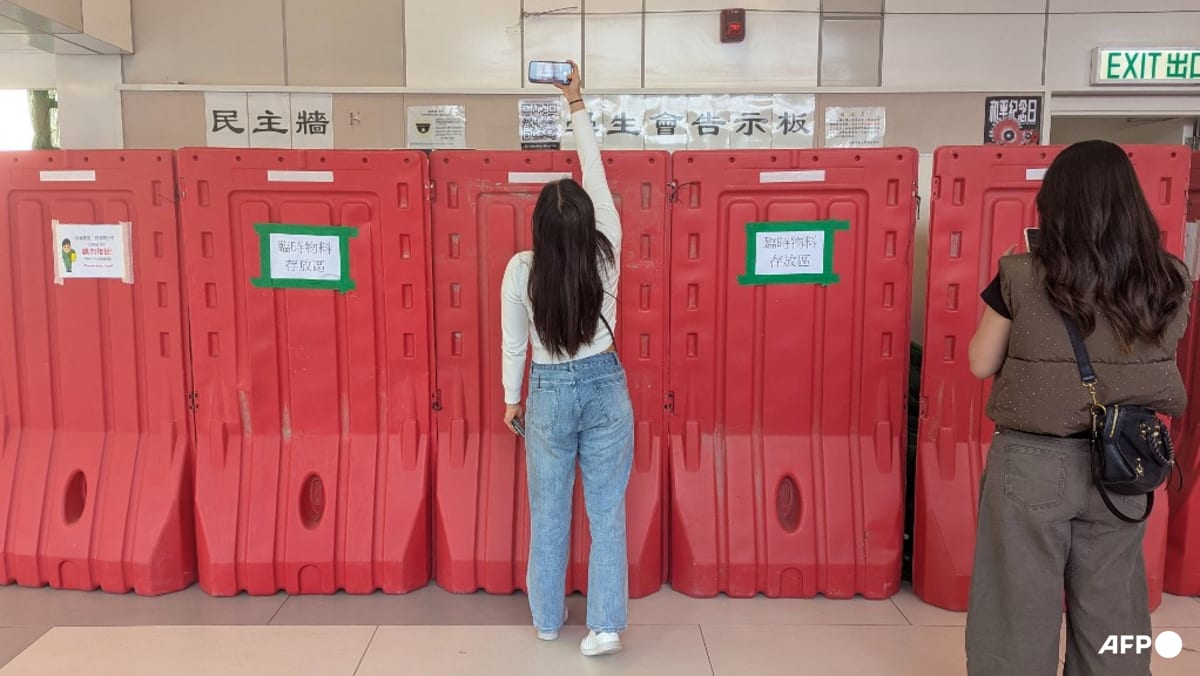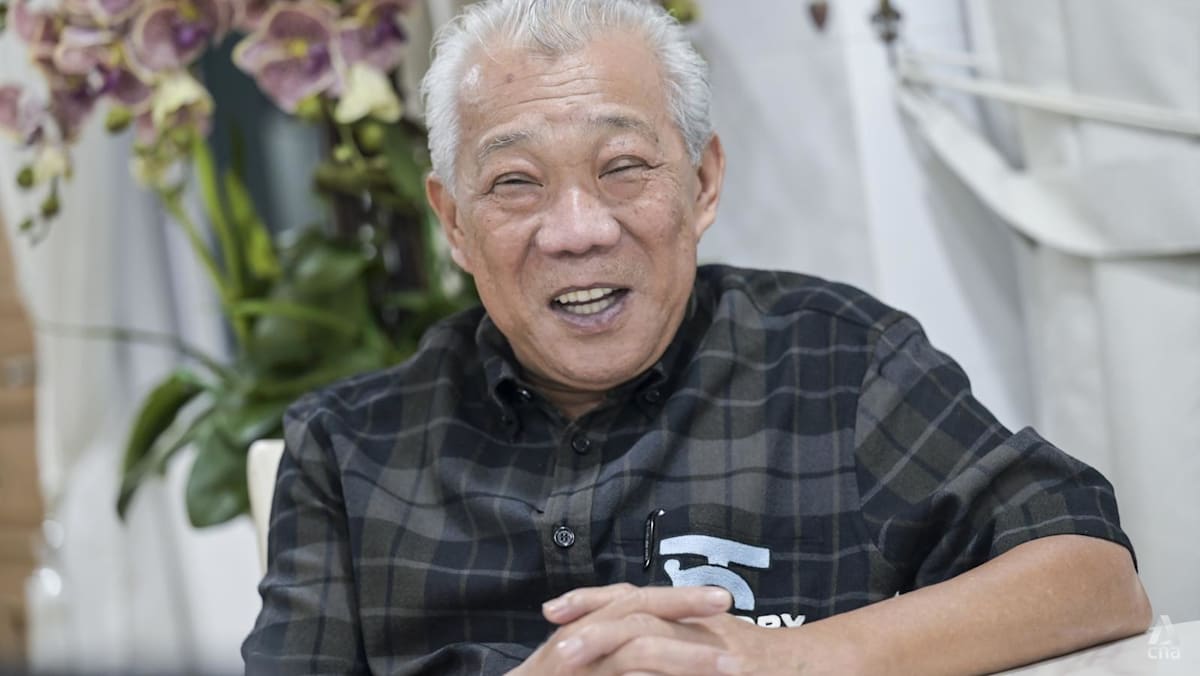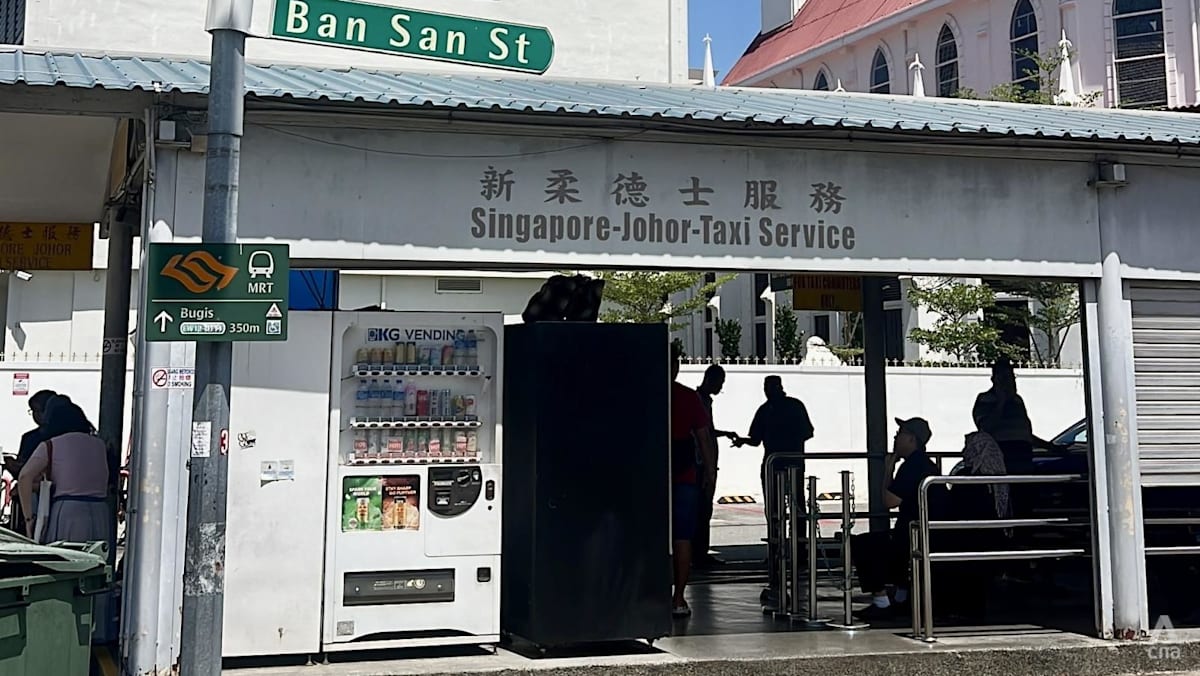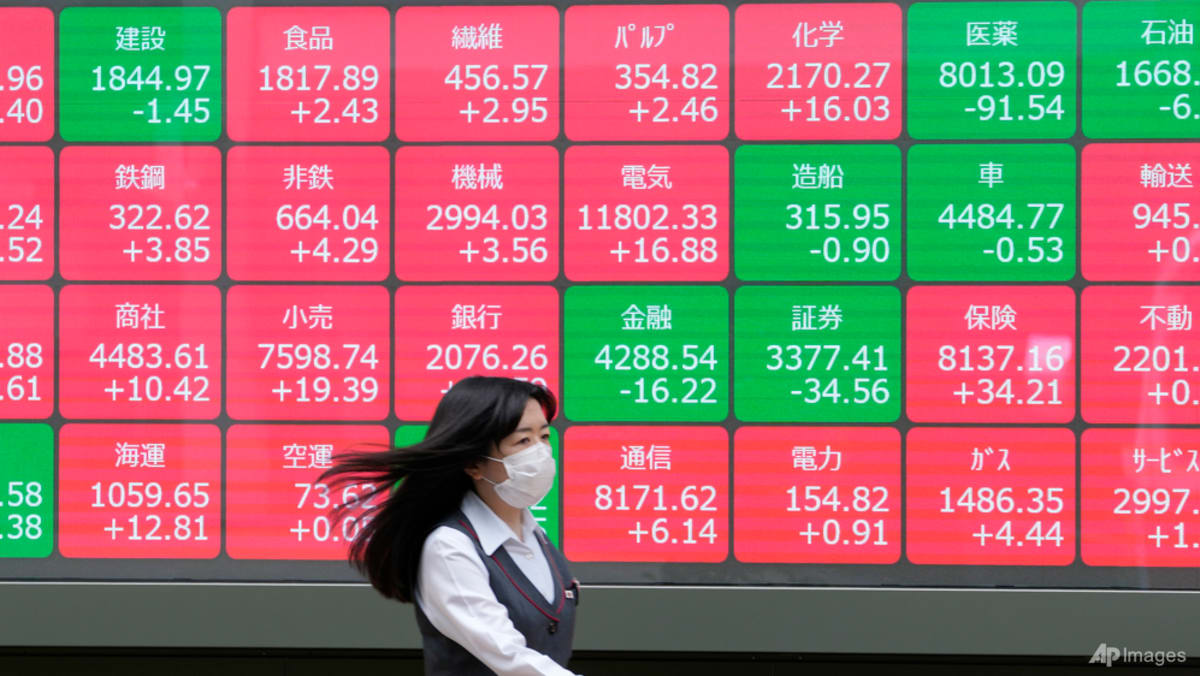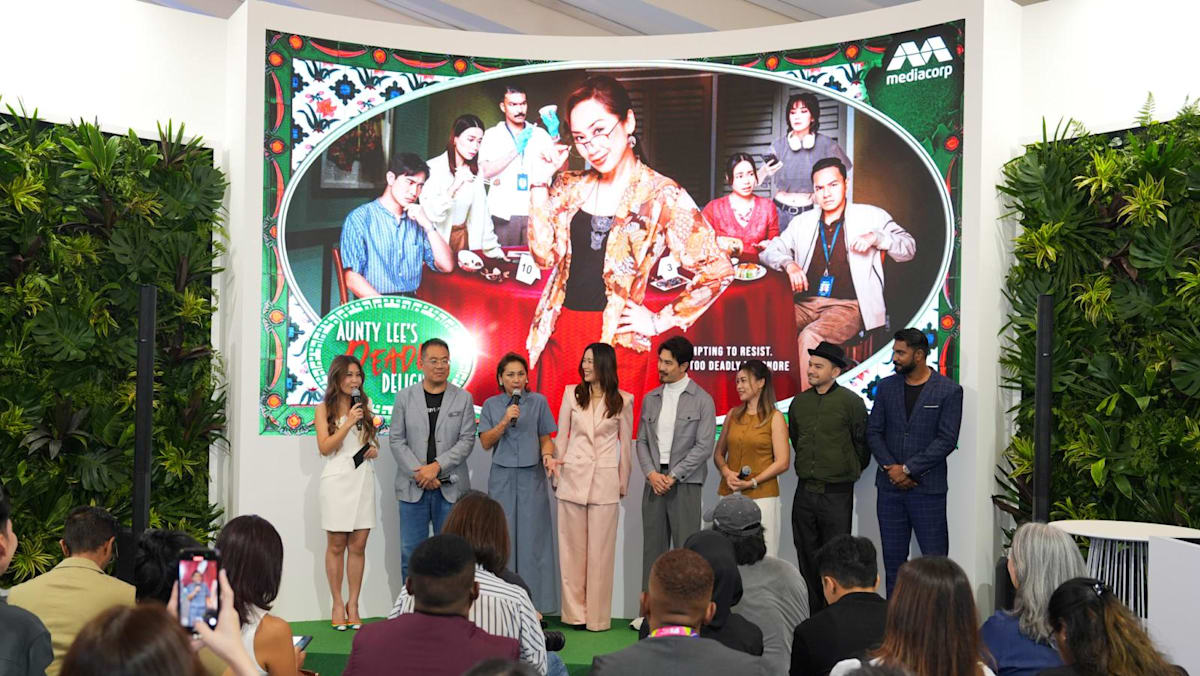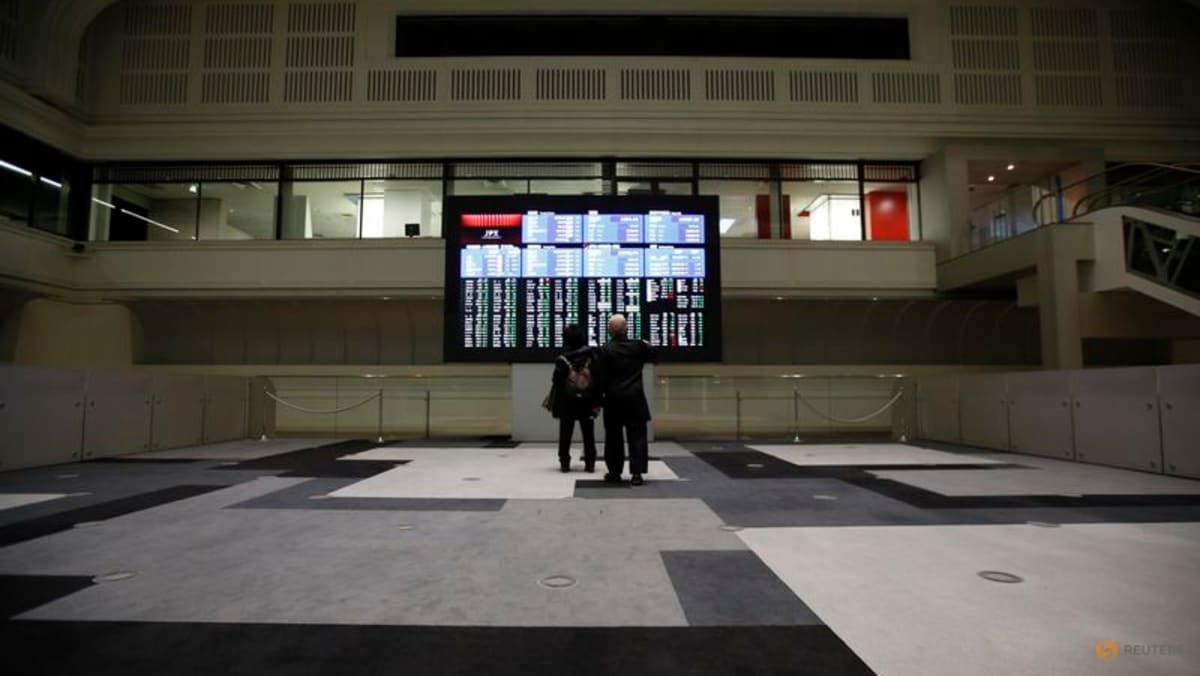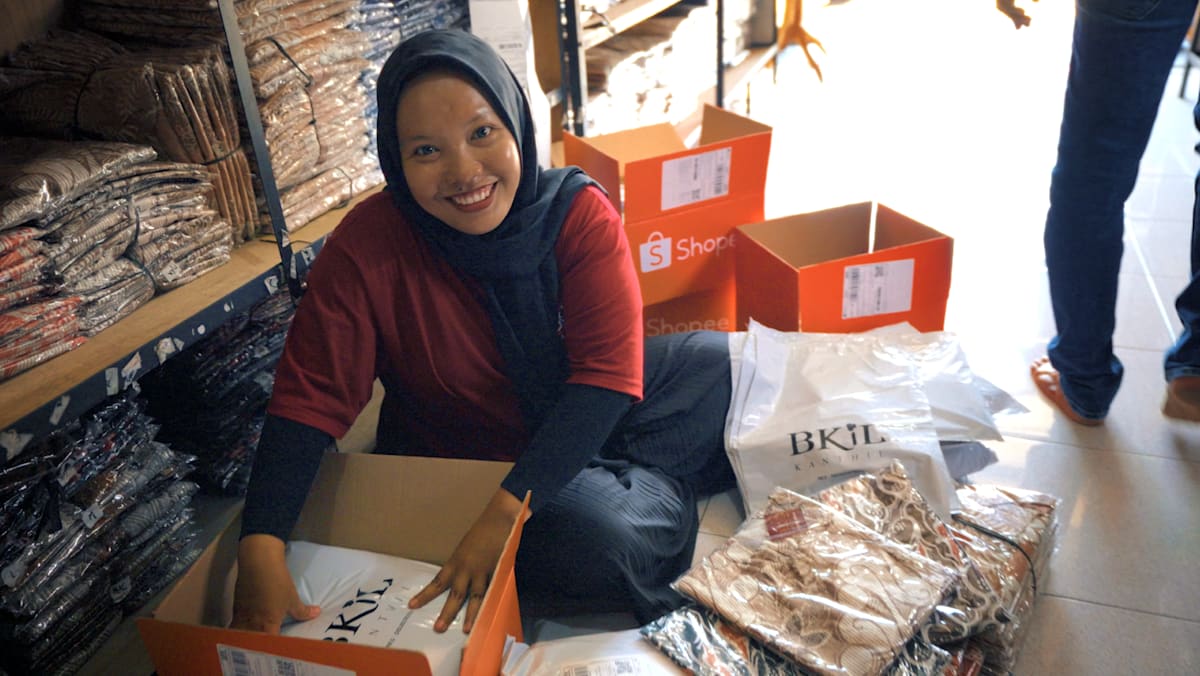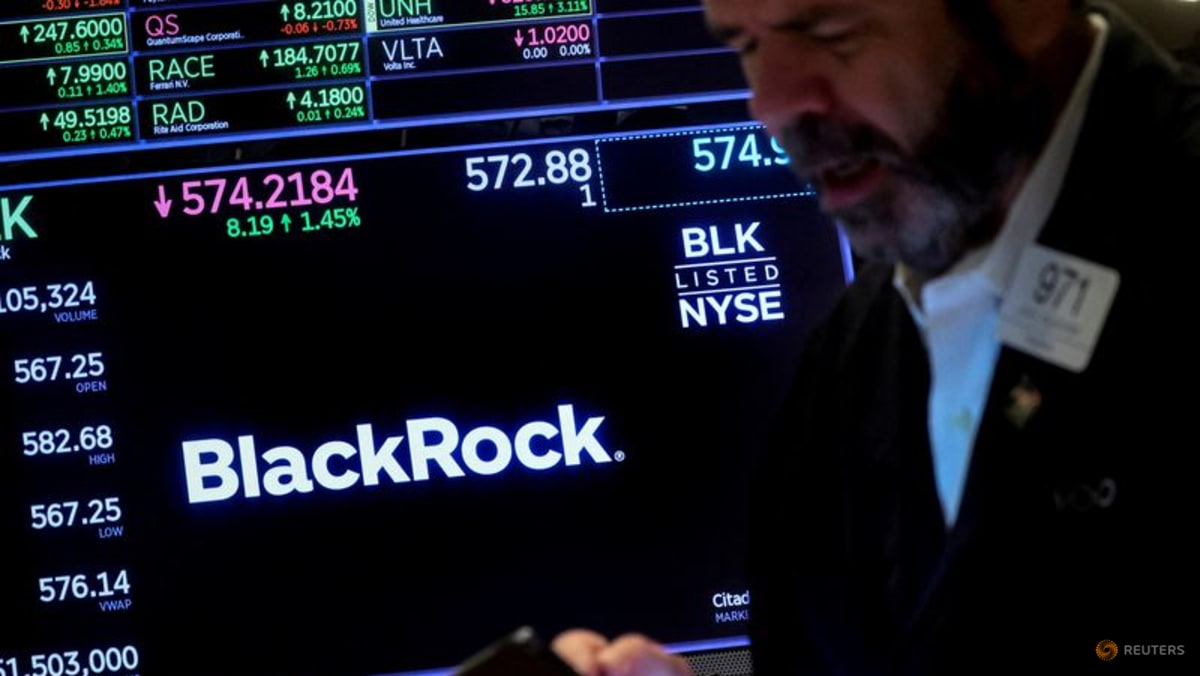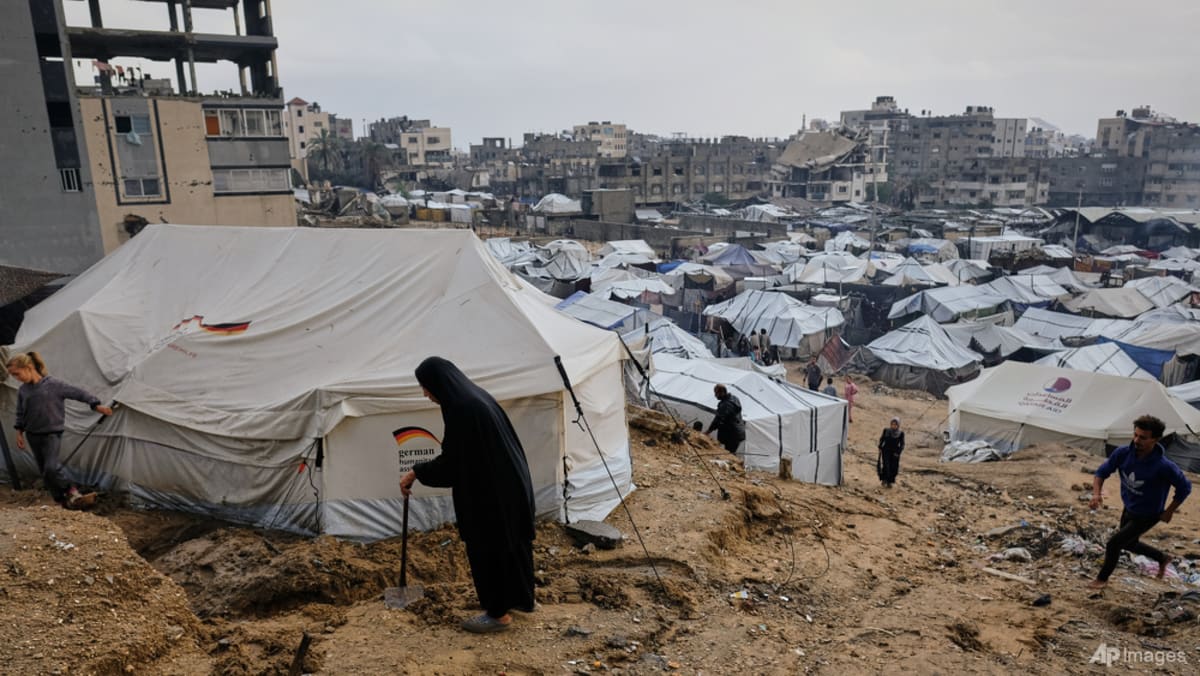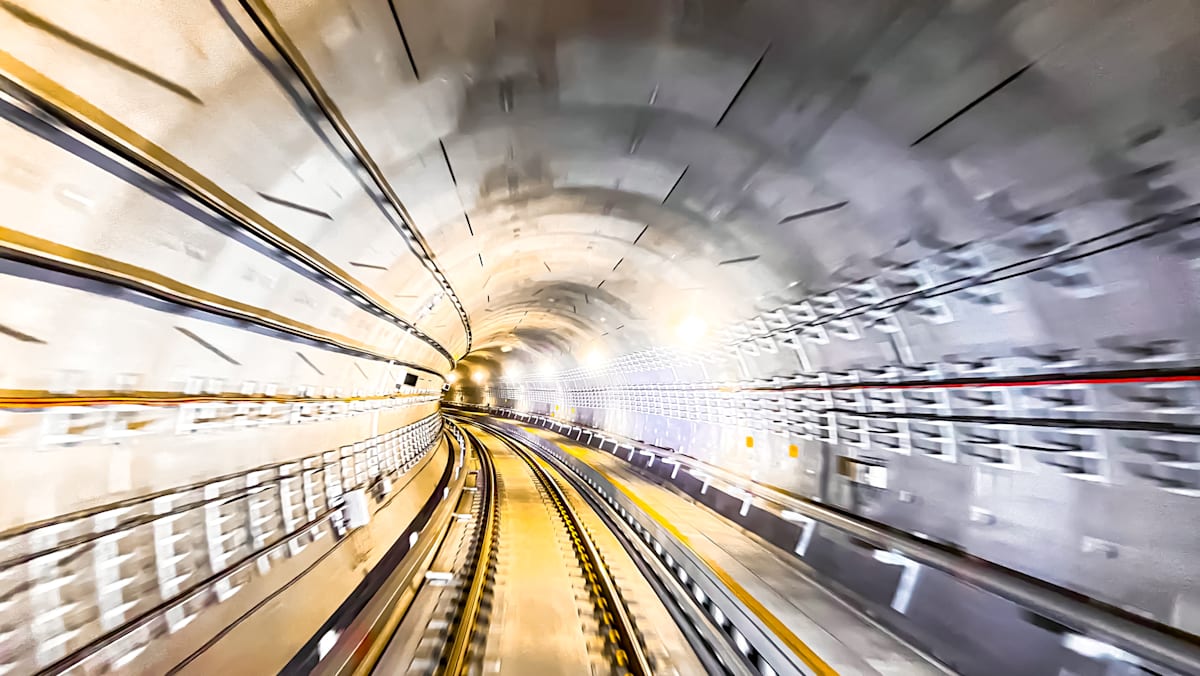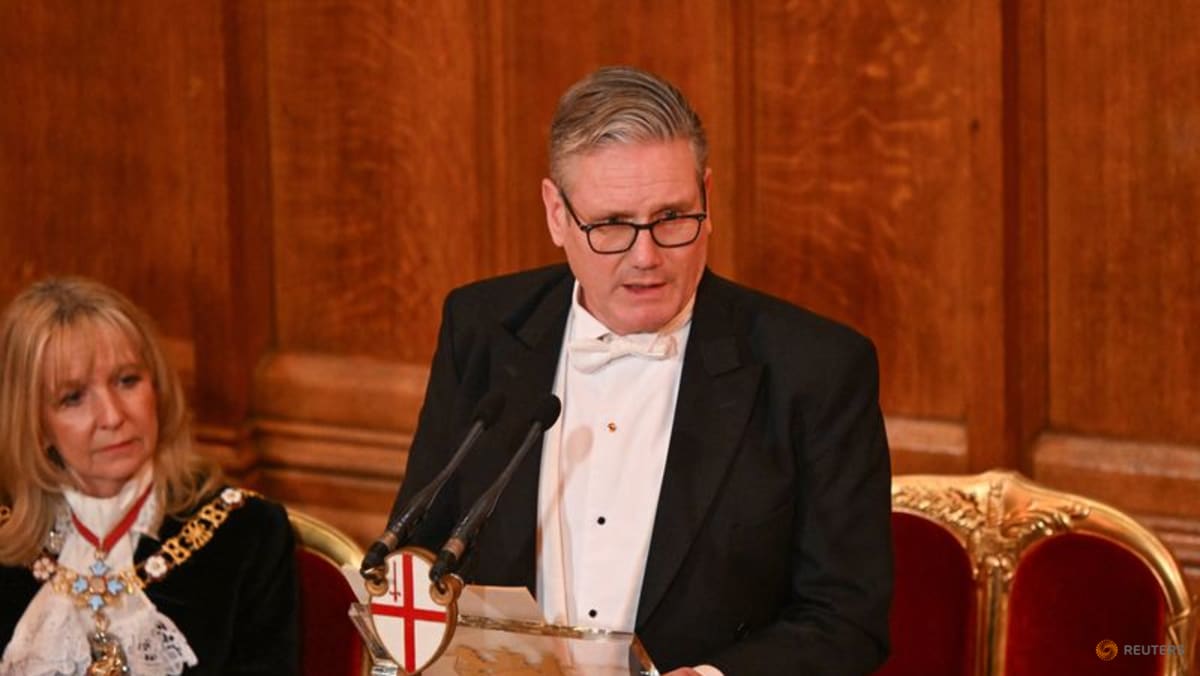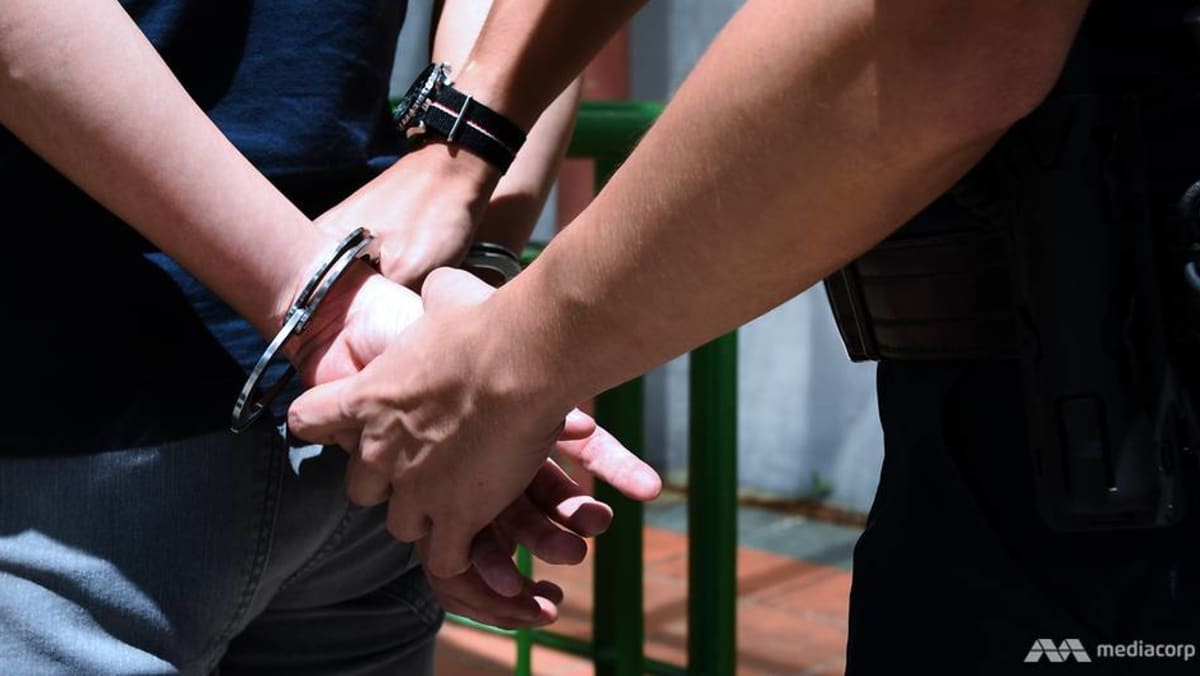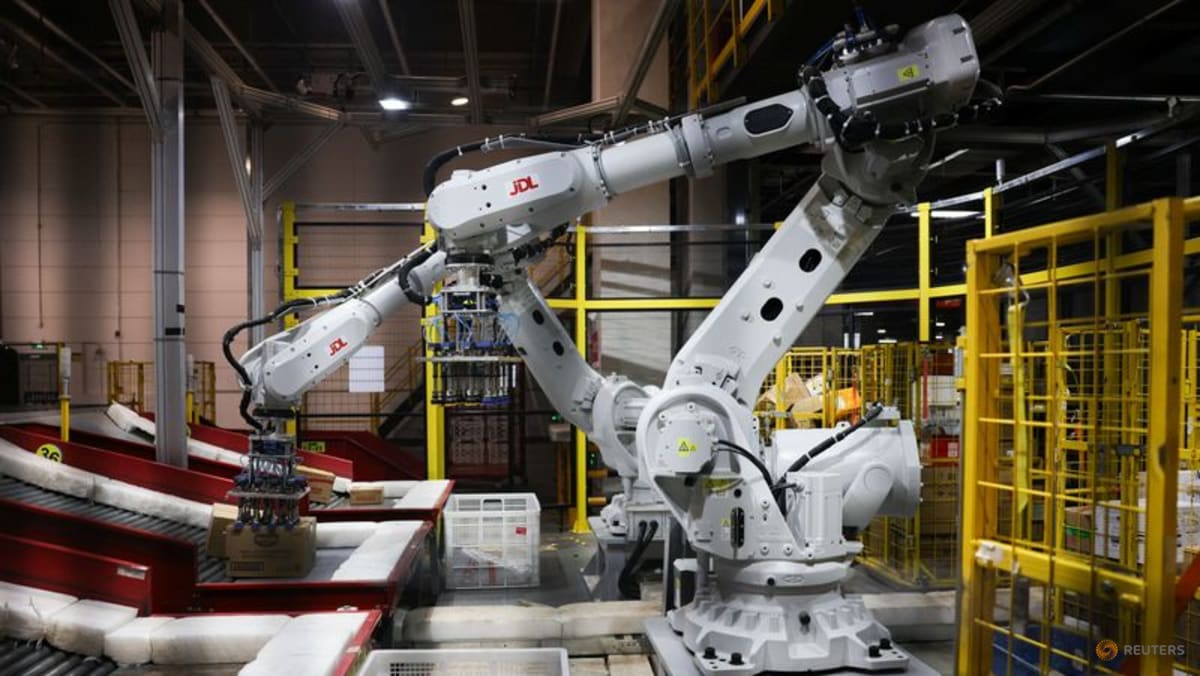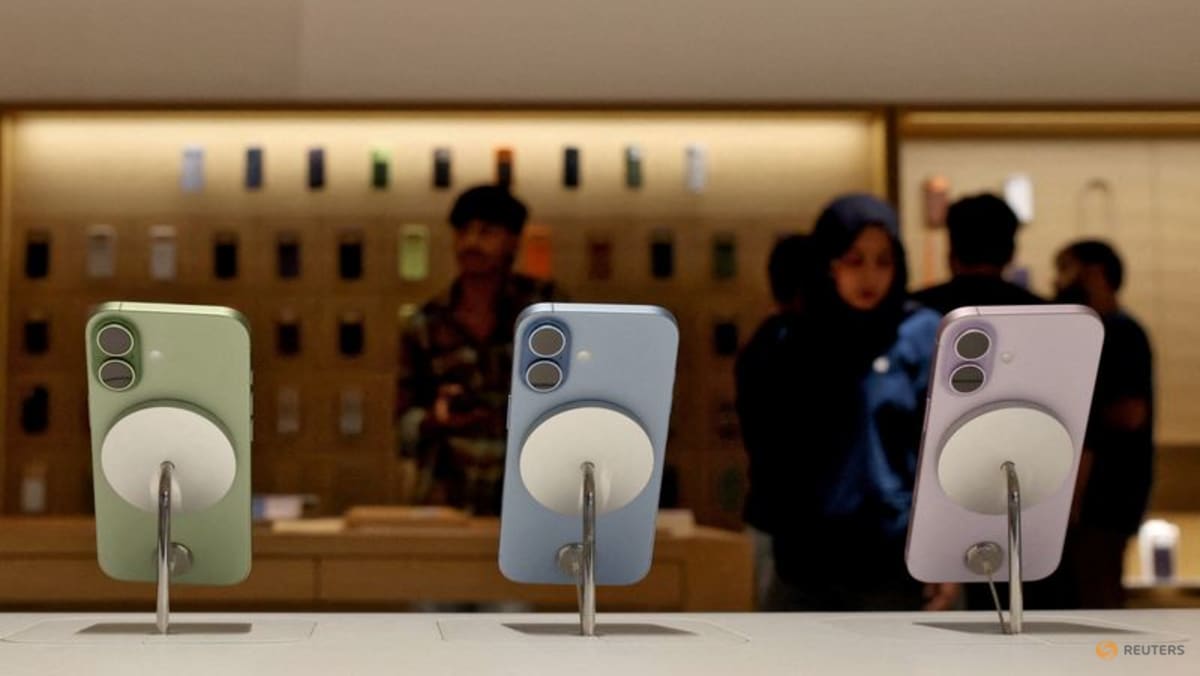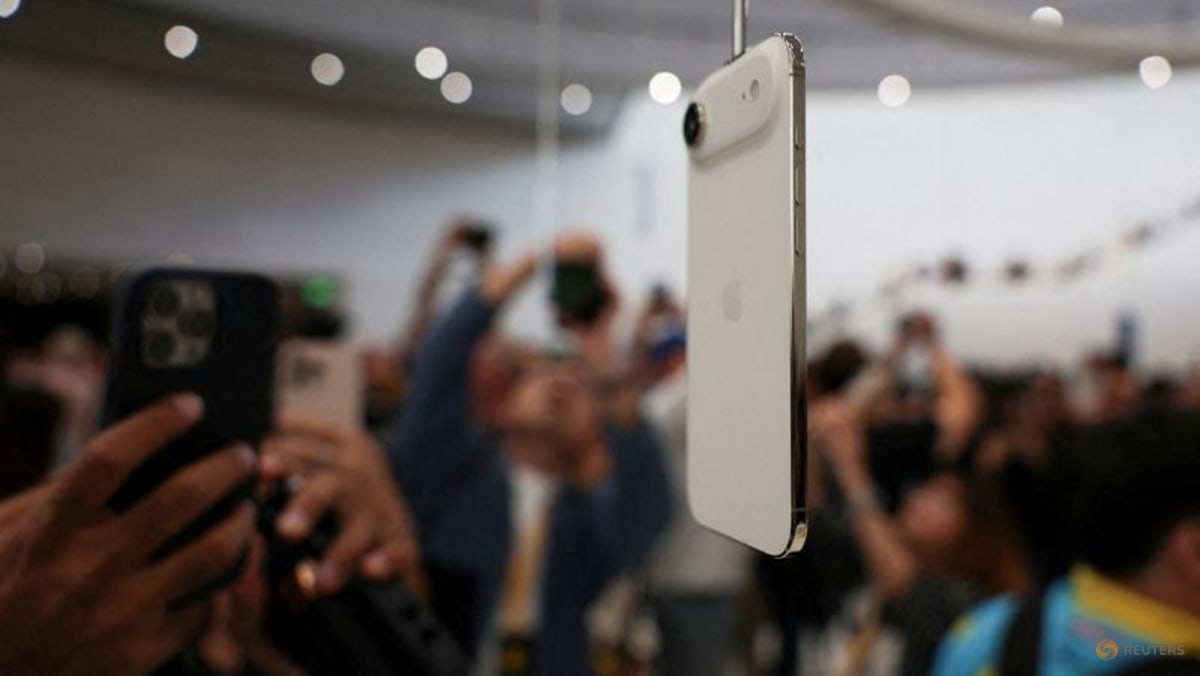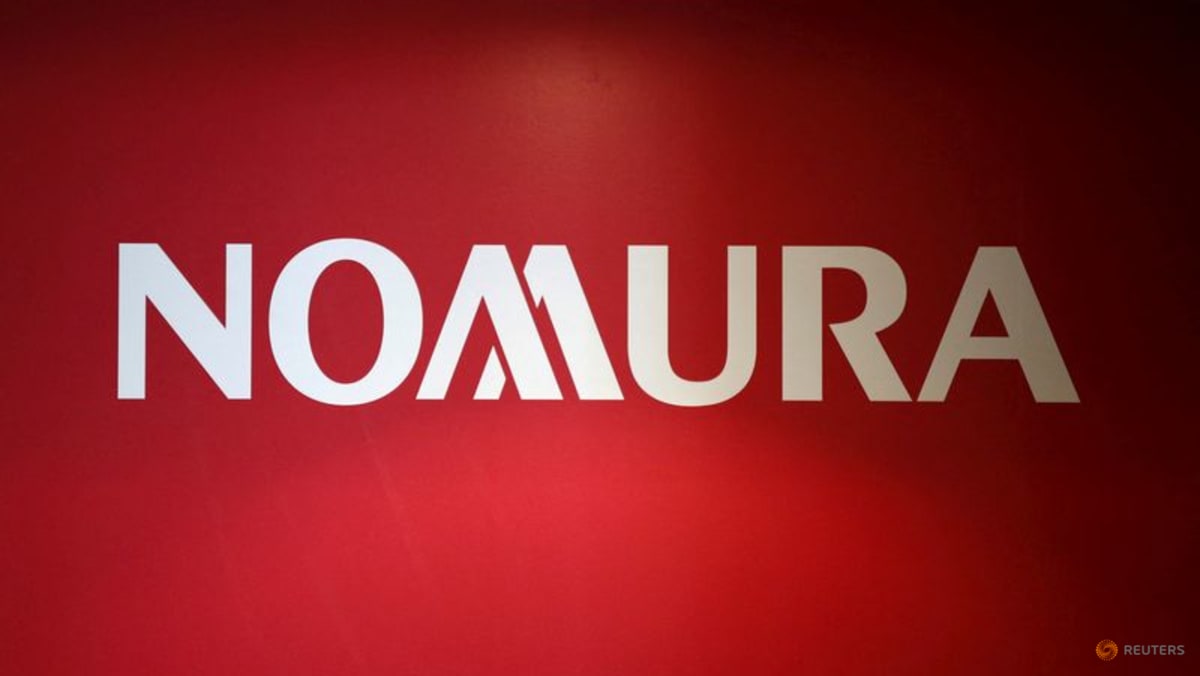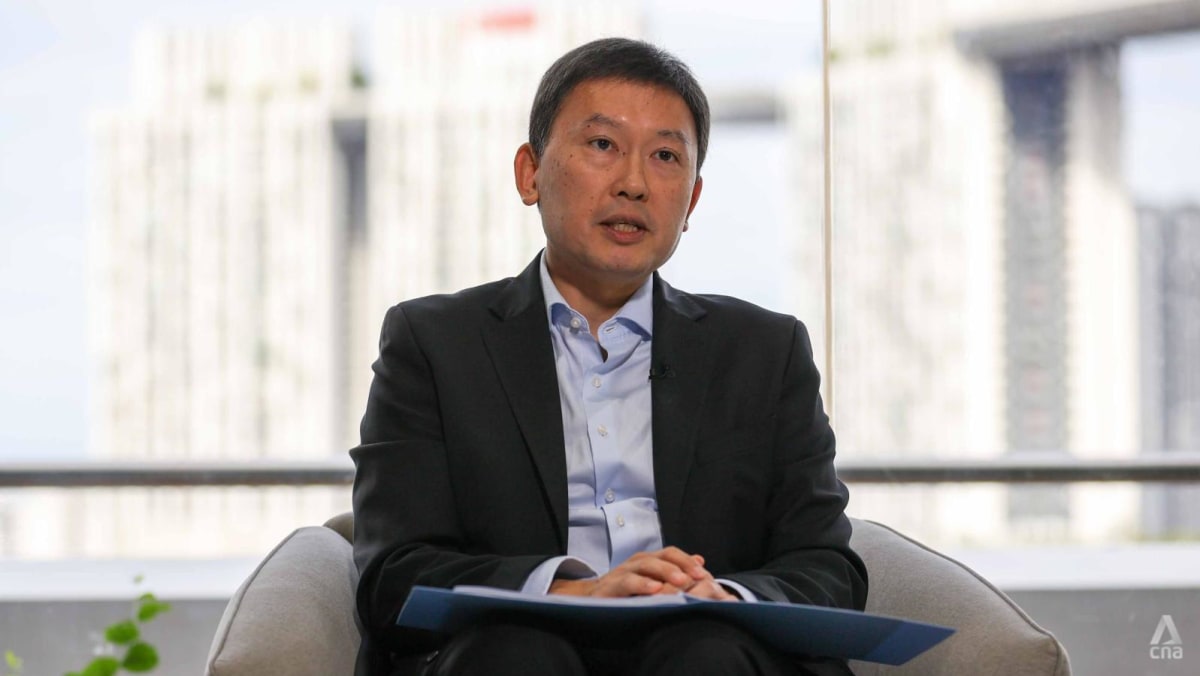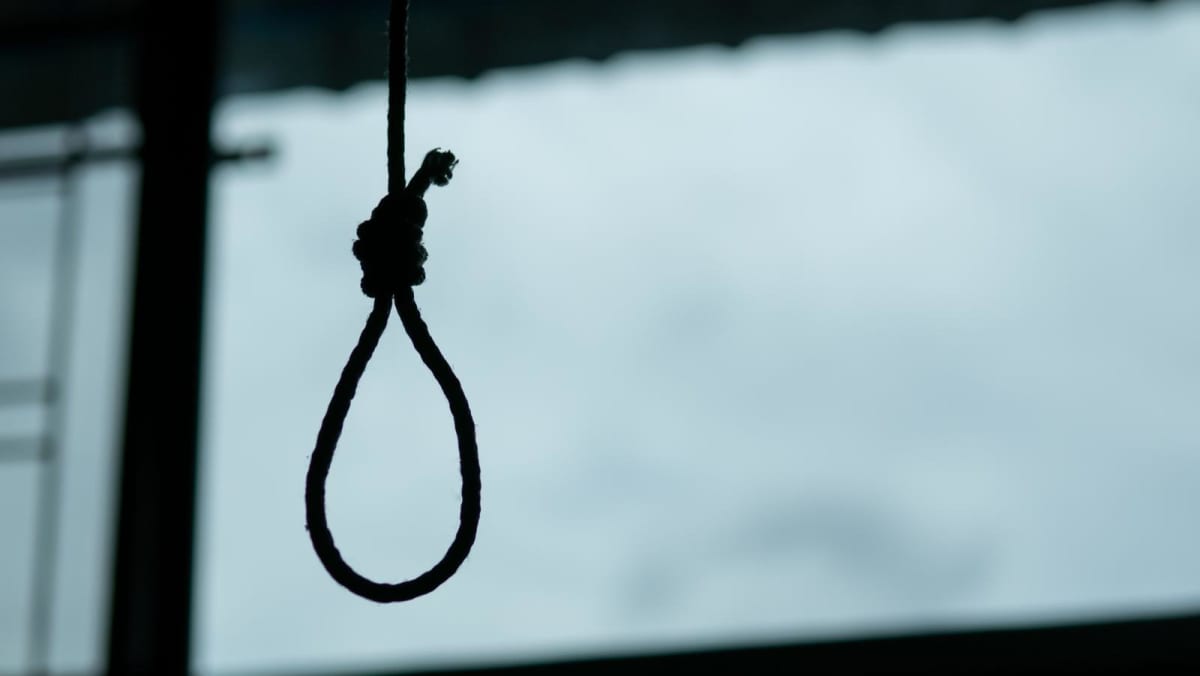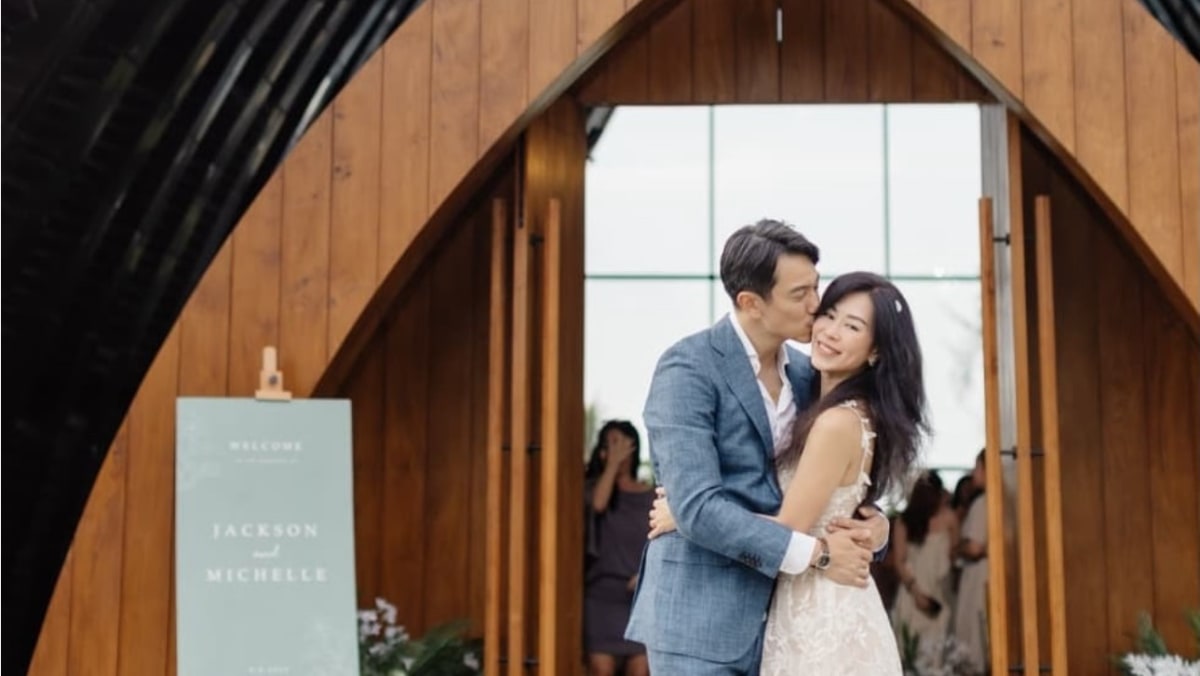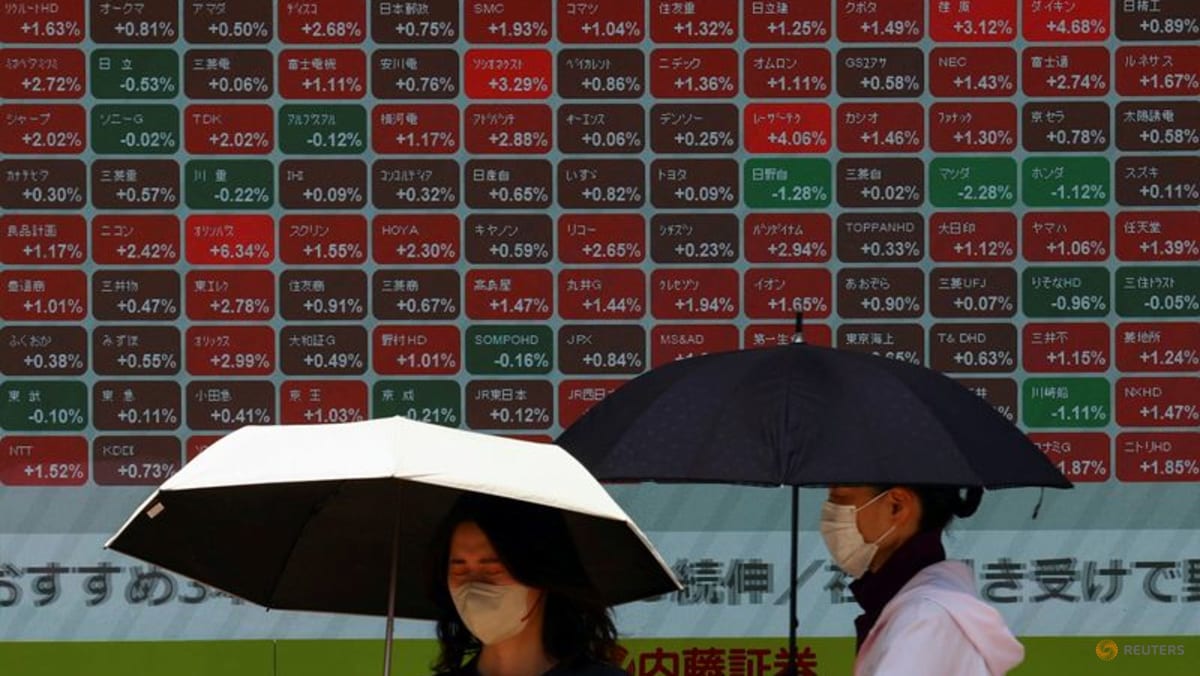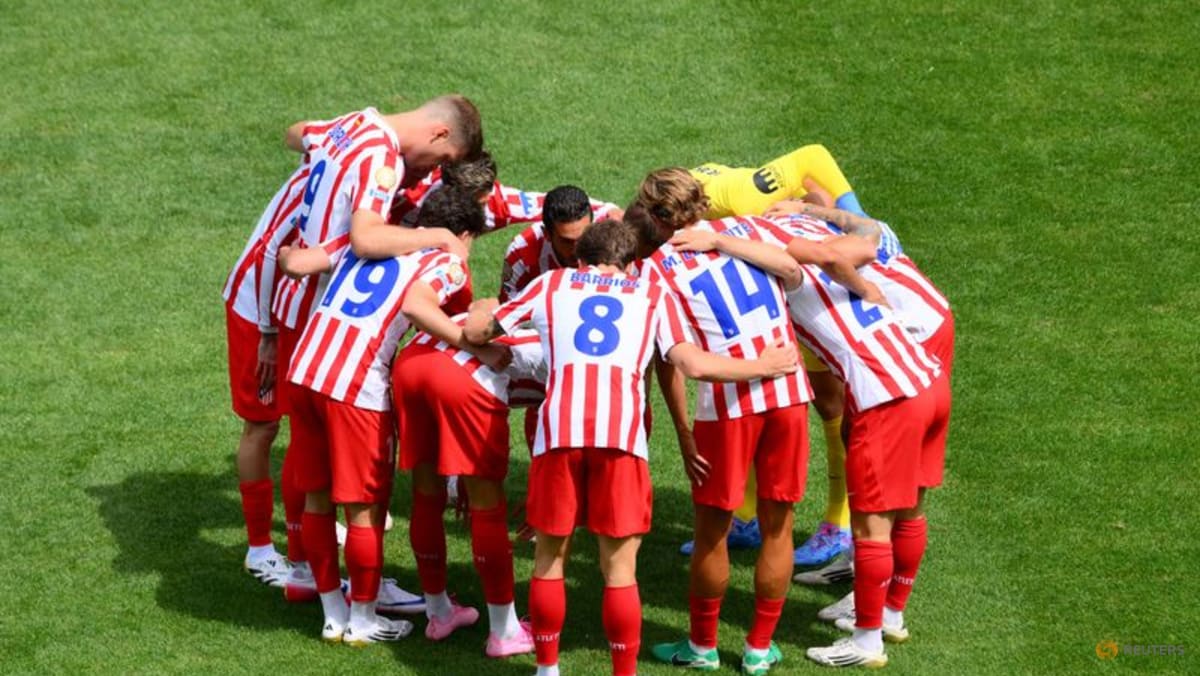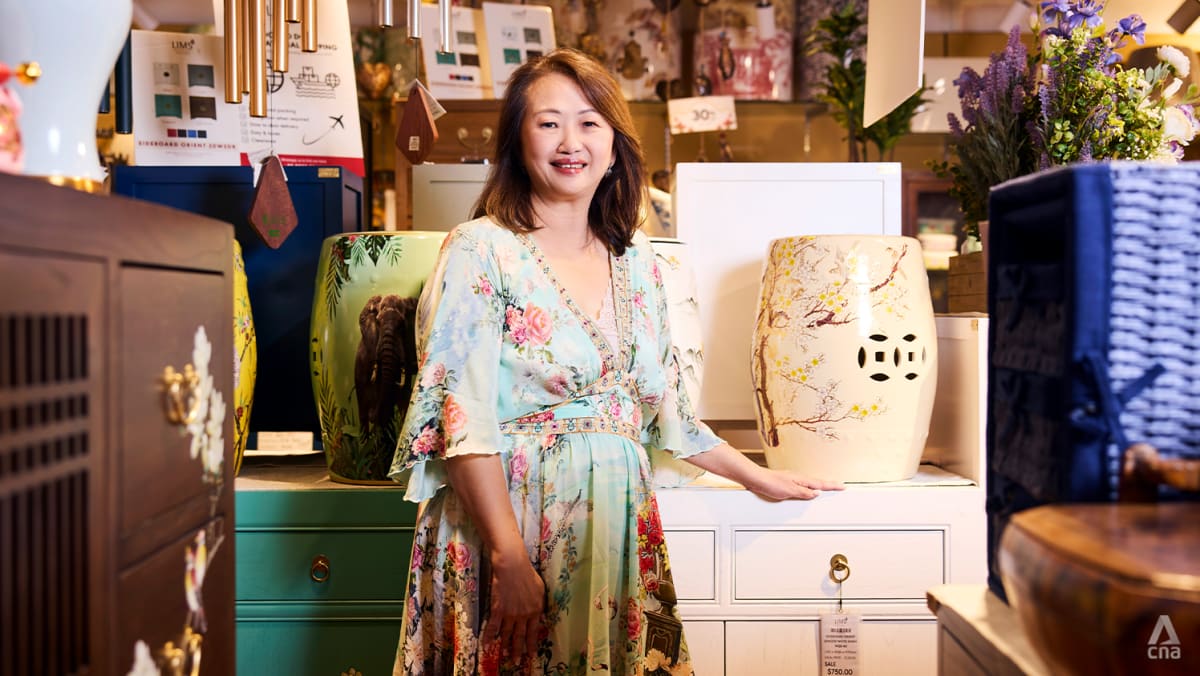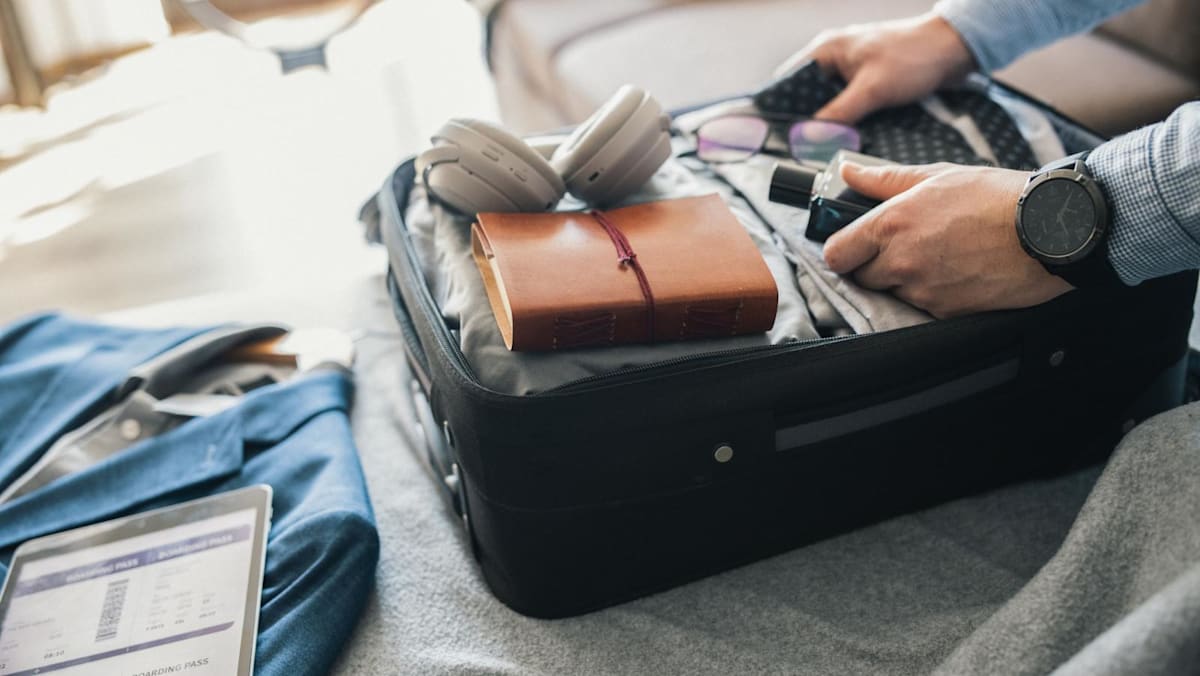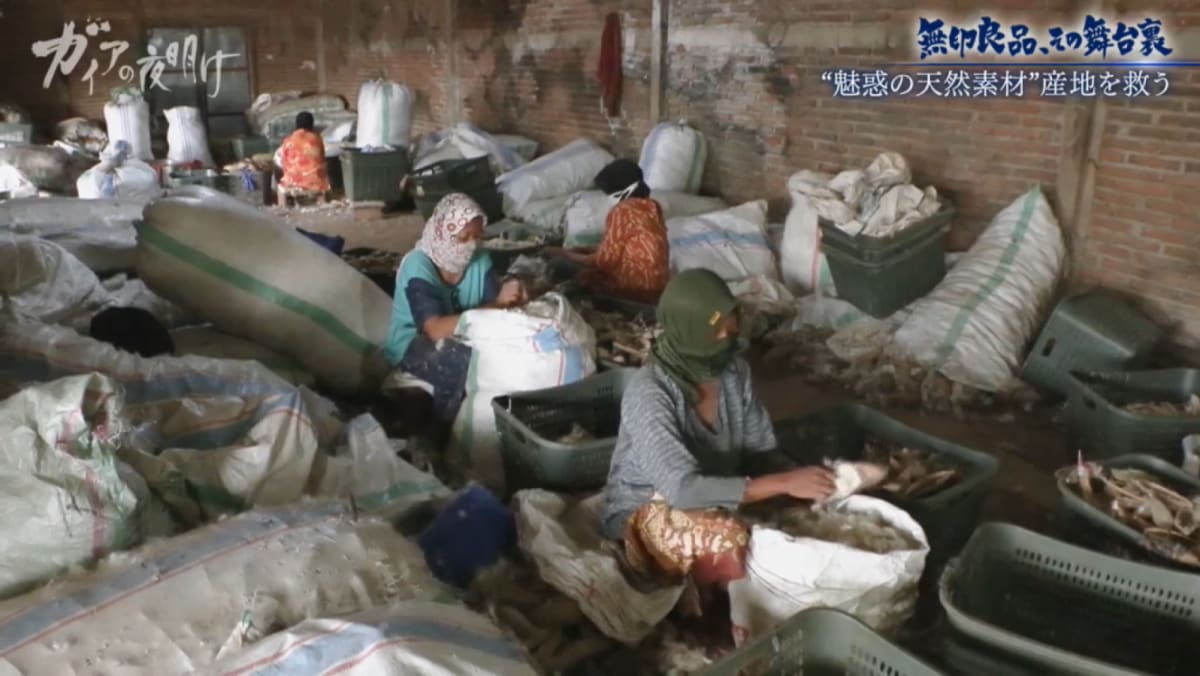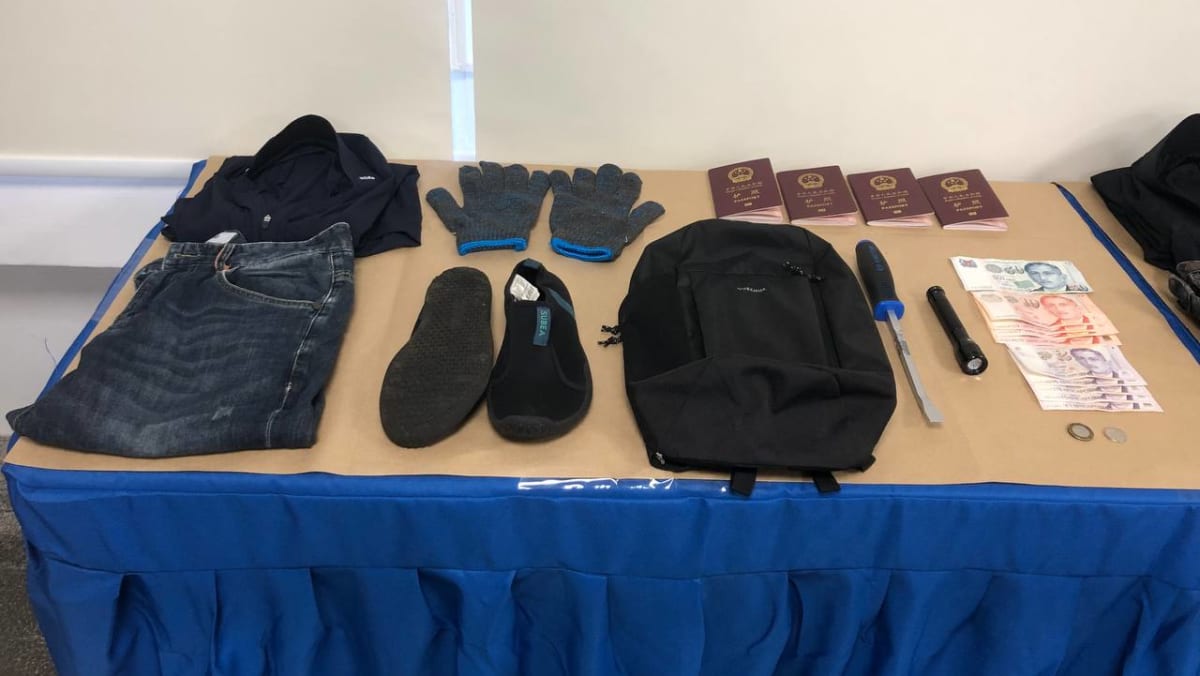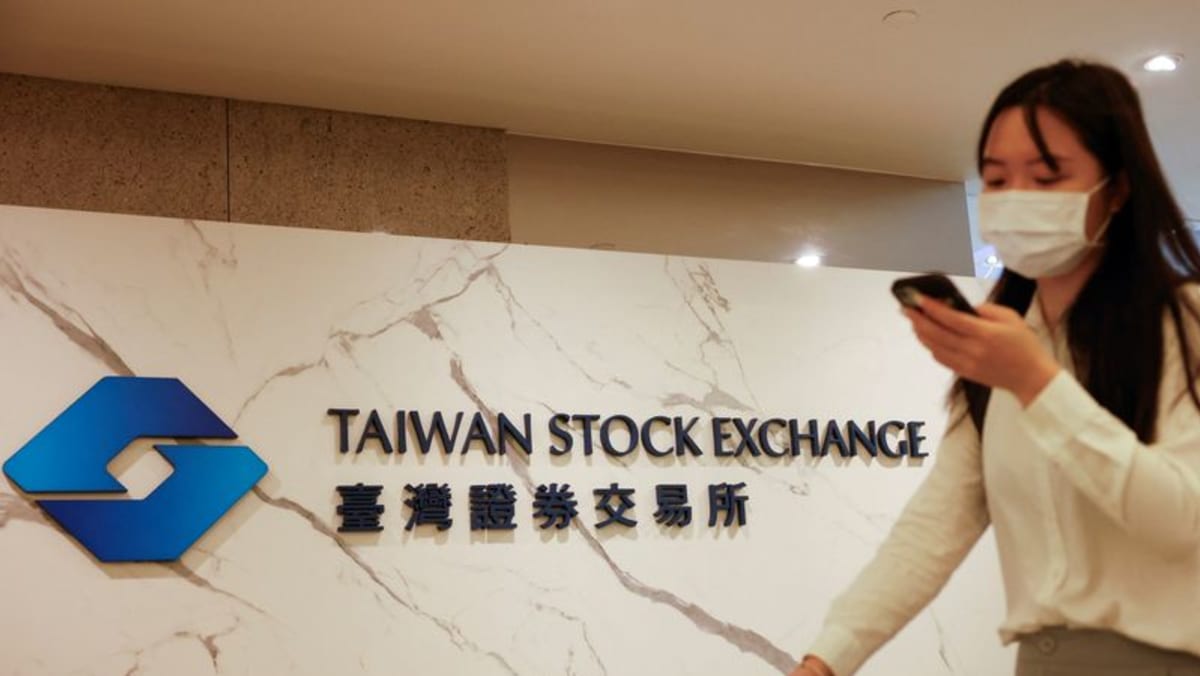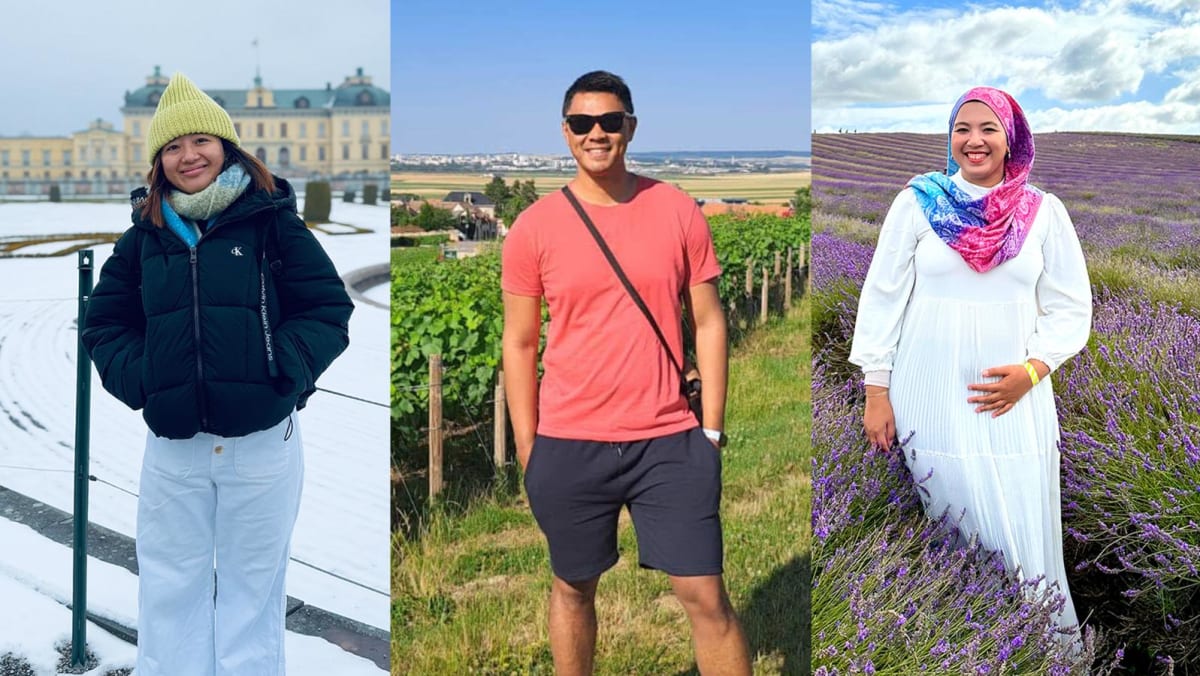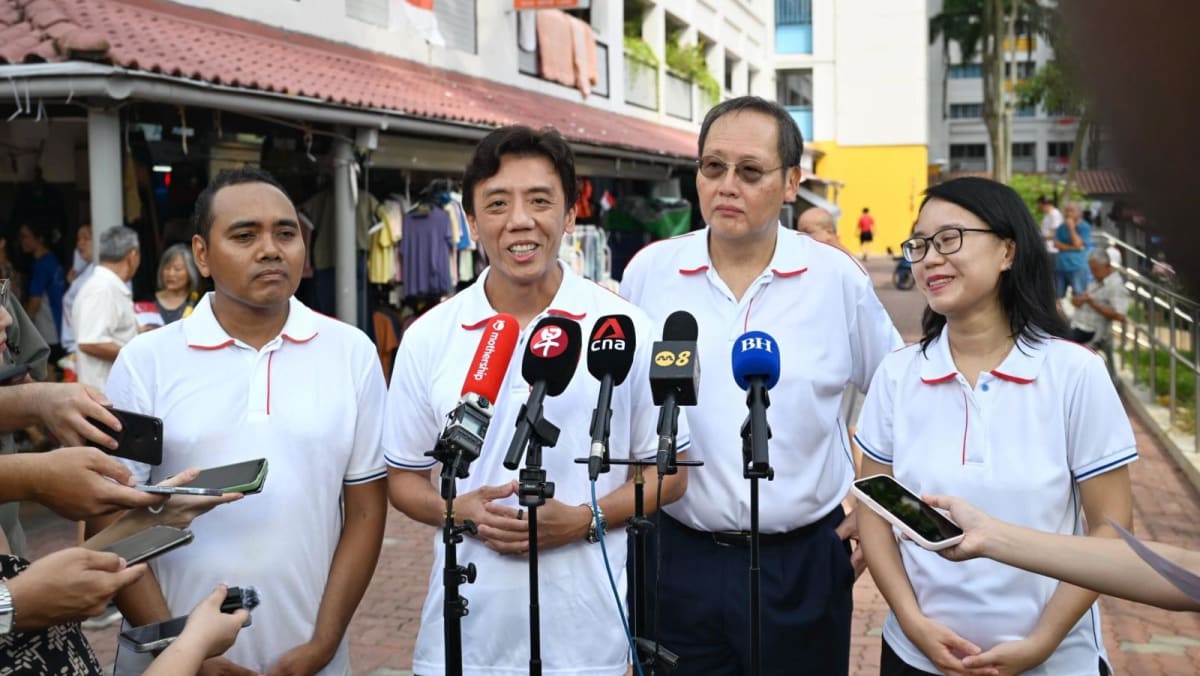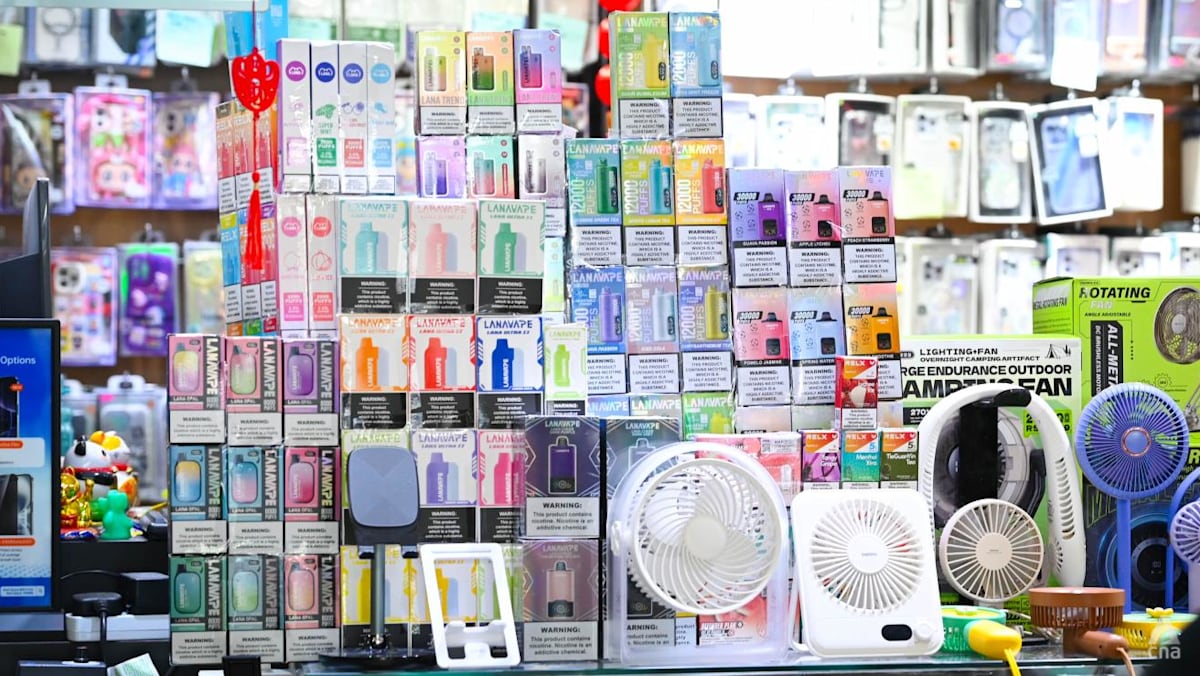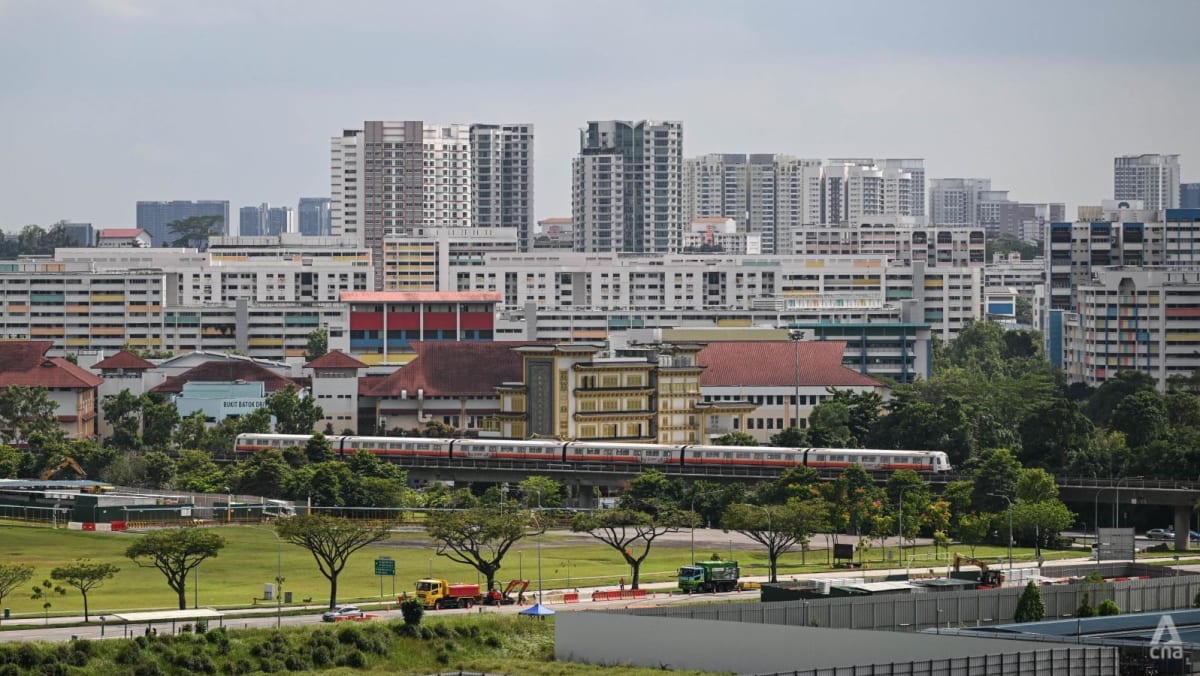Recently, I took a long walk along the Singapore River. I've walked the river countless times before, but this time, as a retiree, I could afford to take it slow.
What began as a leisurely stroll soon turned into a journey through the pages of our nation's history.
And as I walked, I thought: How fitting that I am traversing the river of Singapore's history now, as we commemorate the 60th anniversary of our hard-won independence.
My first stop was the Merlion statue overlooking Marina Bay, at what is now known as the Merlion Park opposite The Fullerton Hotel.
At 8.6m high, this monument is tied to how Singapore got its name. The fish body represents the island's beginnings as a fishing village called Temasek.
The lion's head, however, is less straightforward.
As the story goes, a Palembang prince named Sang Nila Utama landed on our shores and named the island Singapura in the year 1299 – more than 500 years before the British arrived, although the actual date is now disputed among historians.
"Singapura" is nowadays taken to mean "lion city" in Sanskrit, a literal translation.
However, when I was in primary school in the 1960s, our history teachers told us that "singa" meant "lion" in Malay and "pura-pura" meant "false" or "phony". From what they taught, it was said that an aide to Sang Nila Utama had told him lions didn't exist in the region, so he must have seen a false lion – something that looked like a lion but wasn't.
Despite the confusion and debate over the true origins of the Singapura name, I still prefer this version of a false lion. Somehow, it feels like something that could have happened.
Trivia: The Merlion was designed in the early 1960s by Mr Alec Frederick Fraser-Brunner, the British curator of the former Van Kleef Aquarium who studies fish and aquatic creatures. It served as the corporate logo for the Singapore Tourist Promotion Board, now the Singapore Tourism Board, from 1964 to 1997.
SINGAPORE'S GLOBAL PRESENCE
The Merlion statue was unveiled on Sep 15, 1972, by then prime minister Lee Kuan Yew at what is now the Waterboat House Garden. It was later relocated to its current position in the Merlion Park in 2002.
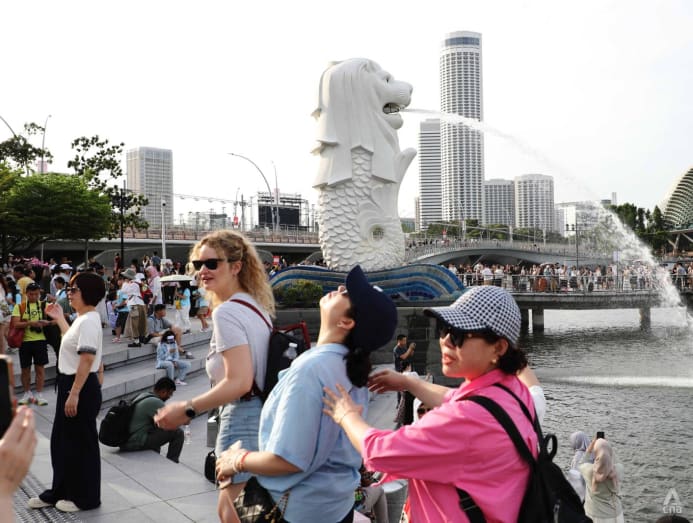 Tourists taking pictures with the Merlion statue at the Merlion Park in Matina Bay on Aug 4, 2025. (Photo: CNA/Alyssa Tan)
Tourists taking pictures with the Merlion statue at the Merlion Park in Matina Bay on Aug 4, 2025. (Photo: CNA/Alyssa Tan)
During the 2002 ceremony unveiling the statue at its new location, the prime minister spoke about how no one believed Singapore could become a major tourist destination because we lacked natural and historical attractions.
He noted that in 2001, our tourist numbers exceeded 7.5 million – a vast leap from 91,000 in 1964, when the then Singapore Tourism Promotion Board was formed.
Since that speech, Singapore has continued to make bold moves and investments to reinvent itself as a tourism destination with the building of billion-dollar attractions such as the Gardens by the Bay and two integrated resorts. In 2024, tourism arrivals hit 16.5 million and contributed almost S$30 billion to the economy.
During my walk that day, I saw many tourists at Merlion Park taking photo after photo with the Merlion statue. It was gratifying to see our growth captured in the appreciation and admiration of these visitors.
FORESIGHT AND VISION
A little further along the riverbank, I came across the statue of Sir Stamford Raffles, the British administrator who established Singapore as a port city, on the very spot where he was said to have first landed in 1819.
Once Singapore was established as a British trading outpost, the river got even busier. If I had been taking this walk in the 19th century, I would have been dodging and ducking coolies and wagons carrying sacks of produce and goods back and forth between the water and the offices, shops and godowns lining Boat Quay and Clarke Quay.
When I first saw the Stamford Raffles statue as a schoolboy, I was struck by his stately pose: arms folded, weight balanced on one leg and eyes steadily looking out into the distance.
Looking at it again now, I imagined Raffles looking upon this simple fishing settlement and thinking, "There's a future to be unlocked here."
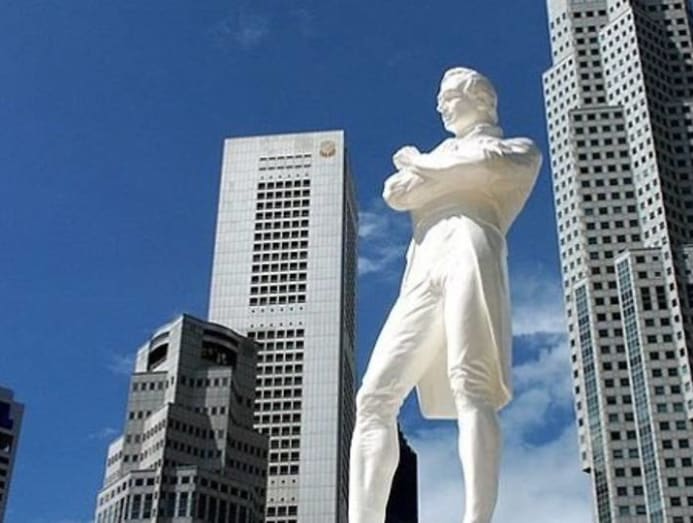 A statue of Stamford Raffles overlooking the Singapore River in the central business district. (Photo: Singapore Tourism Board)
A statue of Stamford Raffles overlooking the Singapore River in the central business district. (Photo: Singapore Tourism Board)
Beyond Raffles, I thought of the early leaders of Singapore – not just Lee Kuan Yew, but others including Goh Keng Swee, who established the Economic Development Board, and S Rajaratnam, who penned our national pledge.
How fortunate we are to have had such visionary, forward-looking leaders who saw the bright future Singapore could have despite the many odds against us.
THE RIVER AS SYMBOL OF SINGAPORE'S GROWTH
During my stroll on this day, I saw crowds of smartly dressed young men and women seated in brightly lit restaurants or walking between shops and offices, chatting with their lunchtime companions. I used to be one of them.
Many of them would have grown up in a highly developed Singapore. I wondered if these young people thought much of the living history they were passing through these days.
In the 1970s, I would visit the river as a boy and see other boys diving and swimming at the mouth of the highly polluted river.
Rubbish and waste covered the surface of the blackish water and a foul smell perpetually stained the wind – until the massive clean-up operation of the late '70s began, transforming the river into a shiny, gleaming waterway.
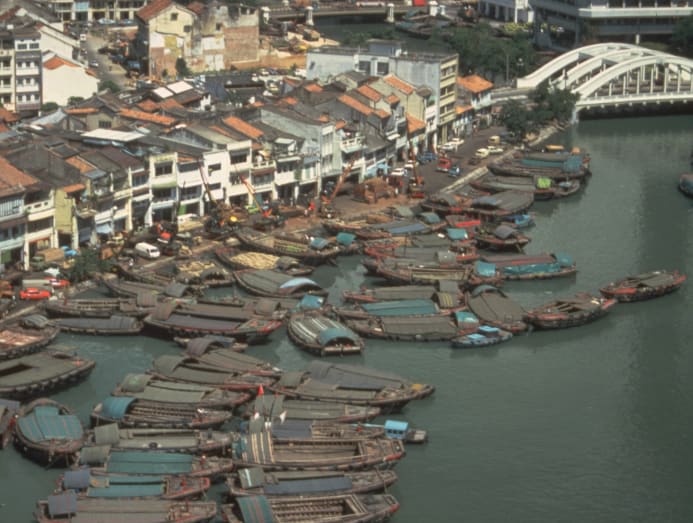 Bumboats docked along the Singapore River in the early 1980s. (Photo: Singapore Tourist Promotion Board Collection, courtesy of the National Archives of Singapore)
Bumboats docked along the Singapore River in the early 1980s. (Photo: Singapore Tourist Promotion Board Collection, courtesy of the National Archives of Singapore)
In the late 1990s, I spent several years working in Raffles Place and frequently visiting Boat Quay and Clarke Quay for food, drinks and entertainment. In just a few short decades, the shophouses and godowns had become restaurants, pubs, karaoke joints and discotheques. The bumboats had been replaced by passenger cruises.
With similar clean-up and revitalisation efforts extending to other parts of the island, the Singapore River encapsulated the rapid transformation of the whole country from a “Third World nation” to first.
Singaporeans of all ages now enjoy clean, tree-lined streets, orderly housing estates, shiny malls and skyscrapers.
Looking at the young people around me now, I wondered: Did they ever think of a time when forex or financial traders bustling through this area were produce or merchandise traders? Or when the streets were narrower, the shophouses shabbier, the river blacker?
PAST AND FUTURE SINGAPORE
I passed by The Fullerton Hotel, once the General Post Office where I had gone to for postal services in the past – now no longer necessary thanks to the many localised post offices and digital mail services available to us.
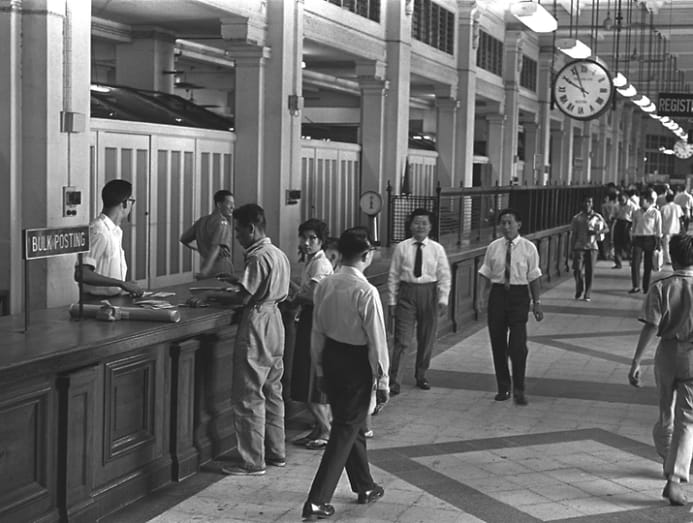 The General Post Office in 1963, now known as The Fullerton Hotel. (Photo: National Archives of Singapore)
The General Post Office in 1963, now known as The Fullerton Hotel. (Photo: National Archives of Singapore)
Next was Clifford Pier, the former landing point for passenger ships coming into Singapore, making it the first place where many immigrants and visitors first set foot in the country.
Before me was Marina Bay. This area, with its iconic skyline shaped by the central business district and Marina Bay Sands integrated resort, is often admired by residents and foreigners alike. Google "Singapore" and the first few images you'll see are likely to be of the bay area.
However, I found myself looking past the skyline to recall that the water before me was fresh water, not sea water. Since the building of the Marina Barrage, the bay has become a freshwater reservoir – a living testament to Singapore's commitment to safeguarding her water security.
TAKE A WALK
I am looking forward to our SG60 celebrations and am eagerly anticipating the National Day Parade and fireworks.
During this time, there are many other ways for us to engage with our rich history: Madame Tussauds Sentosa has an immersive multimedia experience depicting old Singapore, and on Aug 8, the National Museum will launch Singapore Odyssea, a multimedia showcase taking visitors through 700 years of the nation's history.
I applaud these efforts to connect Singaporeans with our past and forge a deeper sense of national identity.
However, perhaps there's no better way to remember our humble beginnings and appreciate our many successes than in a simple walk along the Singapore River.
Frederick Lim is an author. He was formerly a business reporter then senior editor at CNA.
If you have an experience to share or know someone who wishes to contribute to this series, write to voices [at] mediacorp.com.sg with your full name, address and phone number.

